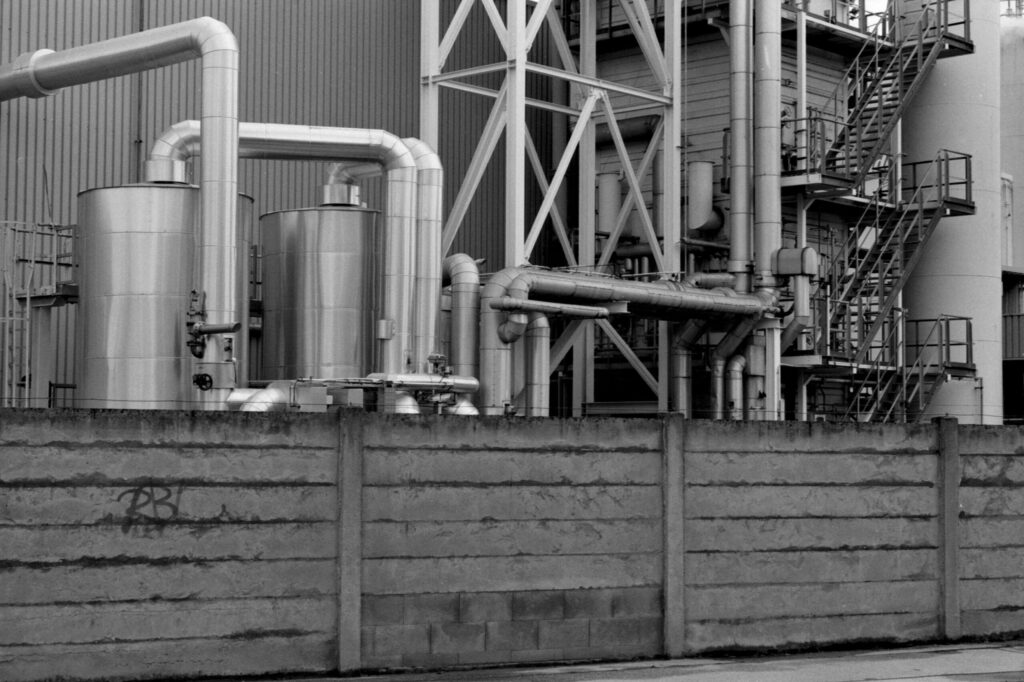

Since 2010, the Global Law Experts annual awards have been celebrating excellence, innovation and performance across the legal communities from around the world.
posted 3 months ago
In the recent High Court decision of Pembinaan Federal Sdn Bhd v Biaxis (M) Sdn Bhd, the High Court of Malaysia examined, amongst others, whether a liquidator of a wound-up company is bound by any arbitration agreement which was not entered by the liquidator, but the wound-up company prior to liquidation.
Brief Backgrounds Facts
Pembinaan Federal Sdn Bhd, the Appellant, and Biaxis (M) Sdn Bhd, the Respondent, had entered into the following two (2) contracts on a development (phase 2A and 2B) on a piece of land in Mukim Petaling for Messrs Masteron Sdn Bhd:-
i. Piling Contract; and
ii. Pile caps and Basement 2 Slab Contract
(hereinafter referred as “the Contracts”)
Pursuant to clause 3 of the Contracts, the parties had agreed to enter into a contract based on the Agreement and Conditions of PAM Contract 2006 (“PAM Contract”).
The Respondent was wound up on 20.4.2022 by the Penang High Court and consequentially, one Dato’ Dr. Shanmughanathan a/l Vellanthurai was appointed as the Liquidator (“Liquidator”).
The Liquidator had discovered that there was a sum of RM703,640.97 which was due and unpaid by the Appellant to the Respondent under the Project (“Outstanding Sum”). Therefore on 2.3.2023, the Respondent (the Liquidator initiated an action in the name of the Respondent) commenced a suit against the Appellant at the Sessions Court, claiming for said Outstanding Sum.
On 19.4.2023, the Appellant filed an application for a Stay of Proceedings pursuant to Section 10 of the Arbitration Act 2005, for which the Sessions Court Judge had dismissed the Appellant’s application with cost of RM 2,000.00 to be paid by the Appellant to the Respondent.
Being unsatisfied with the decision of the Sessions Court, the Appellant had filed an appeal to the High Court against said decision.
Findings of the High Court
The issues to be considered by the High Court are as below:
i. Whether the Liquidator is a party to the arbitration agreement entered between the parties (“Arbitration Agreement”);
ii. Whether the Arbitration Agreement is inoperative;
iii. Whether the nature of arbitral proceedings is contrary to the purpose of insolvency law; and
iv. Whether there is any dispute between the parties which warrants an arbitral proceeding to be commenced pursuant to the Contracts.
Whether the Liquidator is a party to the Arbitration Agreement entered between the parties
On this issue, it was held by the High Court that:
i. It is not disputed by the parties that there is an Arbitration Clause in the PAM Contract entered between the Respondent and the Appellant. Therefore, whether there is a valid and enforceable Arbitration Agreement pursuant to Section 9 of the Arbitration Act, the answer is in the affirmative;
ii. As the Respondent has been wound up, the Liquidator appointed steps into the Respondent’s shoes in dealing with matters related to the wound-up company. These powers are conferred to the Liquidator pursuant to Section 486 of the Companies Act 2016;
iii. There is no where in the Companies Act 2016 which requires for there to be a separate agreement duly signed by the Liquidator in order for him to be bound to the terms and conditions of the original contract. Therefore, since the cause of action arose from the Contracts, the parties including the Liquidator are subjected to the terms and conditions of the Contracts and the Arbitration Agreement;
iv. It cannot be agreed that the Arbitration Act 2005 is irrelevant to the Liquidator. Therefore, even if the Liquidator is not directly named in the Arbitration Agreement, by virtue of the Liquidator having stepped into the shoes of the Respondent, he becomes a party to it.
Whether the Arbitration Agreement is inoperative
Section 10 of the Arbitration Act states as follows:
“(1) A court before which proceedings are brought in respect of a matter which is the subject of an arbitration agreement shall, where a party makes an application before taking any other steps in the proceedings, stay those proceedings and refer the parties to arbitration unless it finds that the agreement is null and void, inoperative or incapable of being performed.”
The High Court in this case, having adopted the definition of “inoperative” in the case of Peace River Hydro Partners v Petrowest Corp [2022] SCJ No. 41, held that:
i. the Arbitration Agreement between the Respondent and the Appellant is inoperative because the Respondent has been wound up and as such, is subject to insolvency protection;
ii. since it is found that the Arbitration Agreement is inoperative, it is not necessary to determine whether the Arbitration Agreement is null and void, or whether it is incapable of being performed; and
iii. Therefore, Section 10(1) of the Arbitration Act 2005 cannot be invoked against the Respondent by the Appellant. It can also be concluded that the Plaintiff is subjected to the relevant insolvency proceedings having established that the Arbitration Agreement is inoperative against the Respondent.
Whether the nature of arbitral proceedings is contrary to the purpose of insolvency law/ Whether there is any dispute between the parties which warrants an arbitral proceeding to be commenced pursuant to the Contracts
On whether the nature of arbitral proceedings is contrary to the purpose of insolvency law, it was held by the High Court that:
i. Arbitration proceedings generally involve higher cost and delay in time;
ii. Considering the Liquidator’s primary function is to manage the wound-up company’s assets and liabilities, an increase in cost and delay would certainly be detrimental to the interest of the creditors and the shareholder of the wound-up company.
On whether there is any dispute between the parties which warrants an arbitral proceeding to be commenced pursuant to the Contracts, it was held by the High Court that based on the given facts, the Respondent’s claim sum is based on an undisputed sum which had been certified. In the absence of any dispute, the arbitration clause cannot be invoked and as such, the Respondent had the power to commence a court action against the Appellant pursuant to Section 486 of the Companies Act 2016.
Based on the reasons above, the High Court had dismissed the Appellant’s Appeal.
COMMENT
It is interesting to note that whilst the High Court has decided that the Liquidator is essentially a party to the Arbitration Agreement entered between the parties, the Arbitration Agreement is nonetheless inoperative in view that one of the parties in the Arbitration Agreement has been wound up. This raises the question of whether all ongoing arbitration proceedings will automatically be deemed as “inoperative” the moment any of the parties in the arbitration proceeding is wound up. As at the date of this article, we understand that the Appellant, being unsatisfied with the decision of the High Court, had filed an appeal to the Court of Appeal.
About the author
Ooi Hui Ying
Senior Associate
Arbitration, Construction & Engineering Disputes
Harold & Lam Partnership
[email protected]
Author


There are no results matching your search.
Resetposted 2 hours ago
posted 14 hours ago
posted 14 hours ago
posted 3 days ago
posted 4 days ago
posted 4 days ago
posted 4 days ago
There are no results matching your search.
ResetSign up for the latest advisory briefings and news within Global Advisory Experts’ community, as well as a whole host of features, editorial and conference updates direct to your email inbox.
Naturally you can unsubscribe at any time.
Global Advisory Experts is dedicated to providing exceptional advisory services to clients around the world. With a vast network of highly skilled and experienced advisers, we are committed to delivering innovative and tailored solutions to meet the diverse needs of our clients in various jurisdictions.